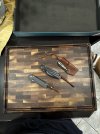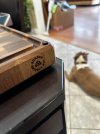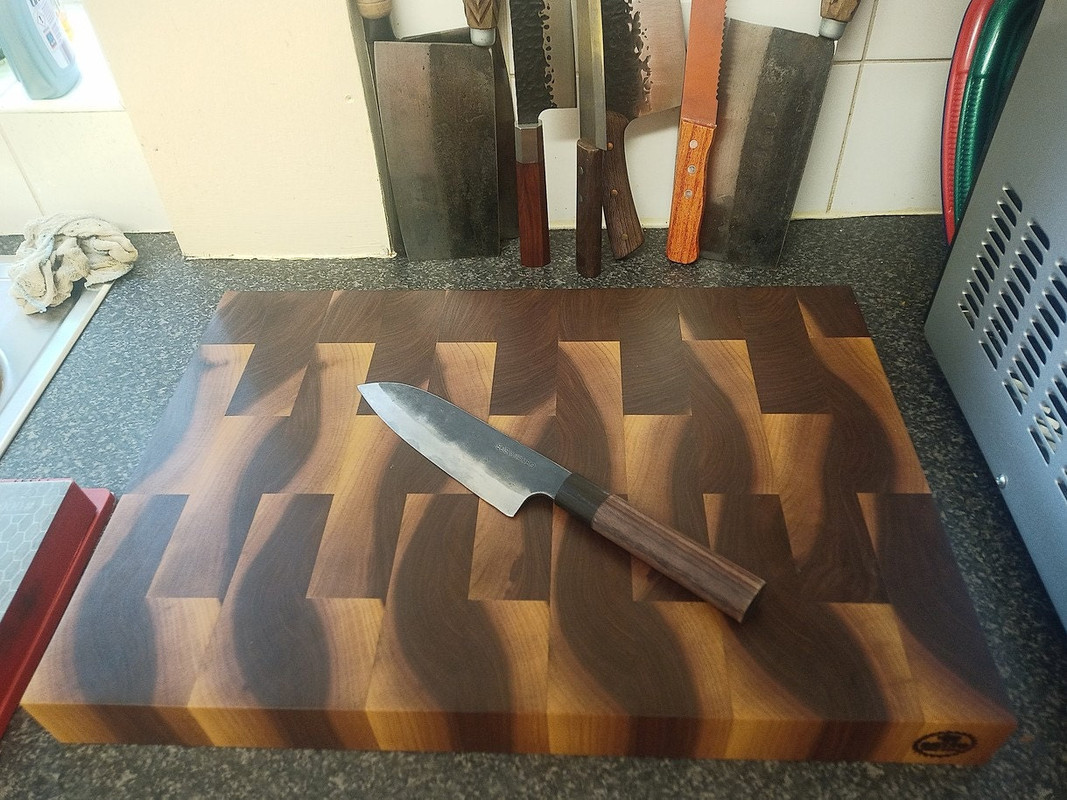GPyro
Gold Member
- Joined
- Apr 18, 2019
- Messages
- 3,876
My wife has a Stella Falone ebony slab cutting board.
It's reversible. One side has a grove and the other doesn't.
Bob Taylor / Taylor Guitars started making them as an additional use of the wood farmed to make guitars.
It's held up pretty well, and is a beautiful addition to the kitchen.
Plus all her cutlery has ebony handles as well.
I'm not saying it's the best option out there, but I do believe it's worthy of being mentioned here.
Thanks.
It's reversible. One side has a grove and the other doesn't.
Bob Taylor / Taylor Guitars started making them as an additional use of the wood farmed to make guitars.
It's held up pretty well, and is a beautiful addition to the kitchen.
Plus all her cutlery has ebony handles as well.
I'm not saying it's the best option out there, but I do believe it's worthy of being mentioned here.
Thanks.



